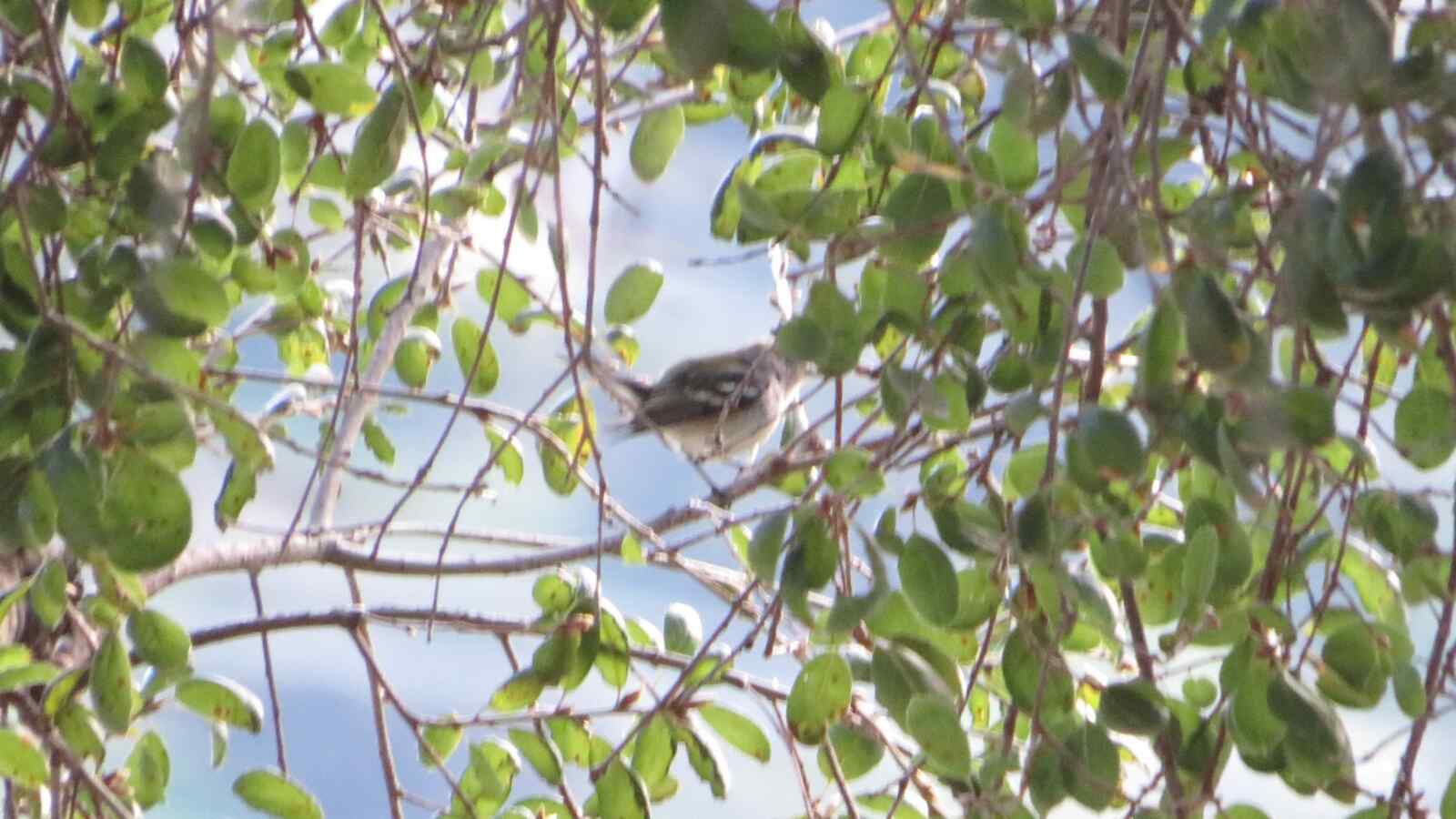
Quiz for Jul 2024
Quiz kindly prepared by Thomas L.
This photo, taken in March in the San Gabriel Valley, shows a small passerine. Which species is it?
Answer will be displayed on August 1.
Answer:
The bird in the photo has two white wingbars. There are many groups of small passerines containing species with that characteristic: flycatchers, vireos, kinglets, warblers, sparrows, and finches. However, we can eliminate flycatchers (different shape from this bird) and kinglets (neither species matches this wing pattern).
Let’s consider the vireos. Two white wingbars are shown by three regular species (Hutton’s, Plumbeous, and Cassin’s) and three rare ones (Blue-headed, Yellow-throated, and White-eyed). The bird in the photo has a greenish back, which eliminates Hutton’s and Plumbeous Vireos, and it also has a plain grayish face, which eliminates the other species.
Now we come to the warblers. Blue-winged Warbler, very rare for LA County indeed, is too yellow to be the bird in the photo. In the genus Setophaga, however, there are many common and rare species with two white wingbars. However, the bird in the photo is not gray enough for Yellow-rumped or Black-throated Gray Warblers, and not yellow enough for Townsend’s or Hermit Warblers. Thus, if it is a warbler, this bird must be a rare species for LA County.
We’re looking for a bird with two white wingbars, a green back, and a pale grayish face. We can eliminate many rare species, including American Redstart, Cape May Warbler, Northern Parula, Magnolia Warbler, and Cape May Warbler, because none of them have all three features. The next rare warbler in my bird book is Chestnut-sided Warbler. During the nonbreeding season, this species shows two white wingbars, a green back, and a pale grayish face. Also, it has a habit of holding its tail cocked, which is what the bird in the photo is doing. It seems that the bird in the photo is a Chestnut-sided Warbler, and indeed it is—the first-winter bird found at Victory Park in Pasadena.
Congratulations to Ben, Oliver, and Riley for figuring out Chestnut-sided Warbler!